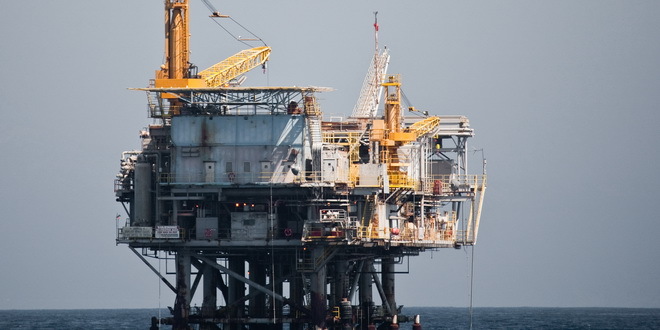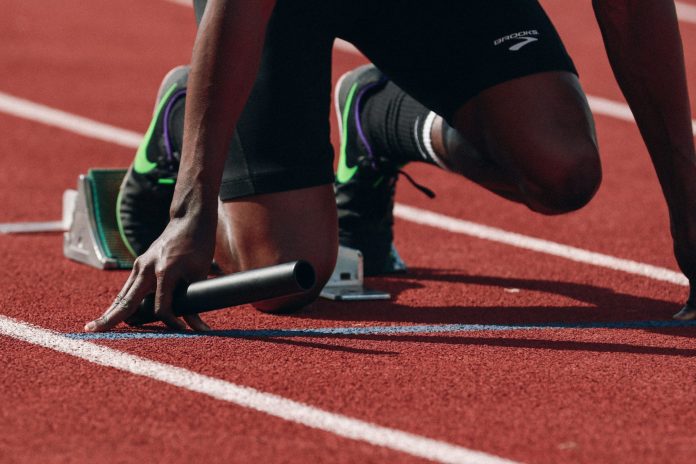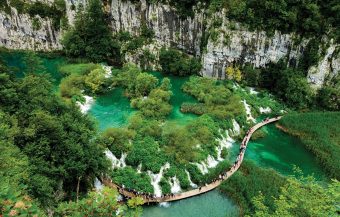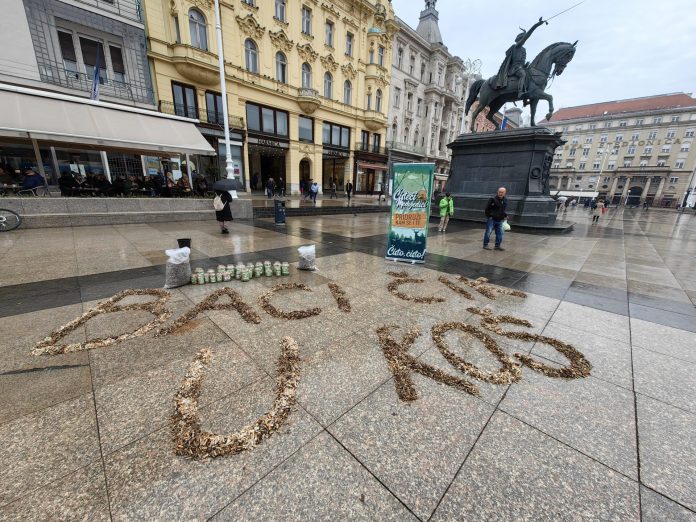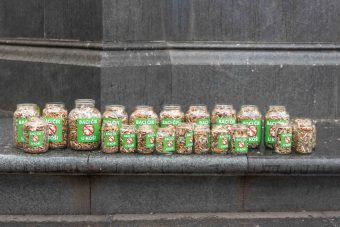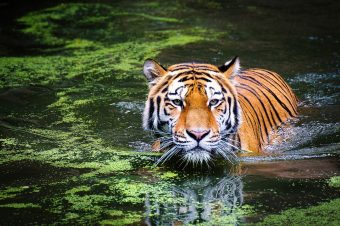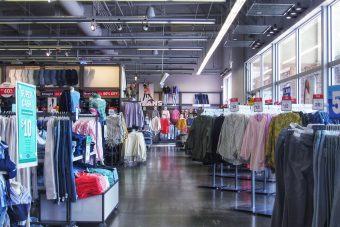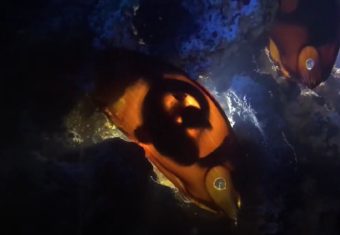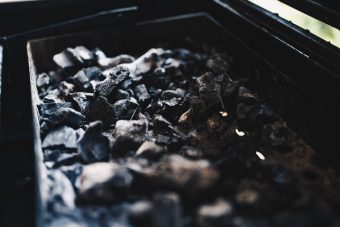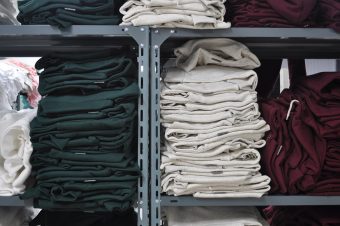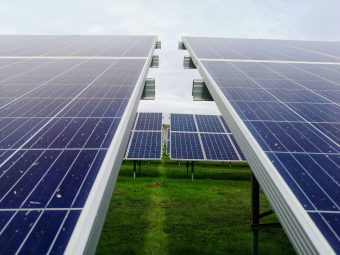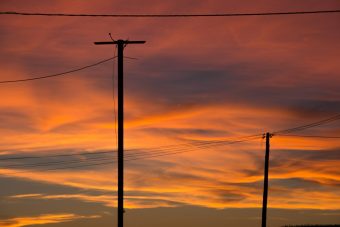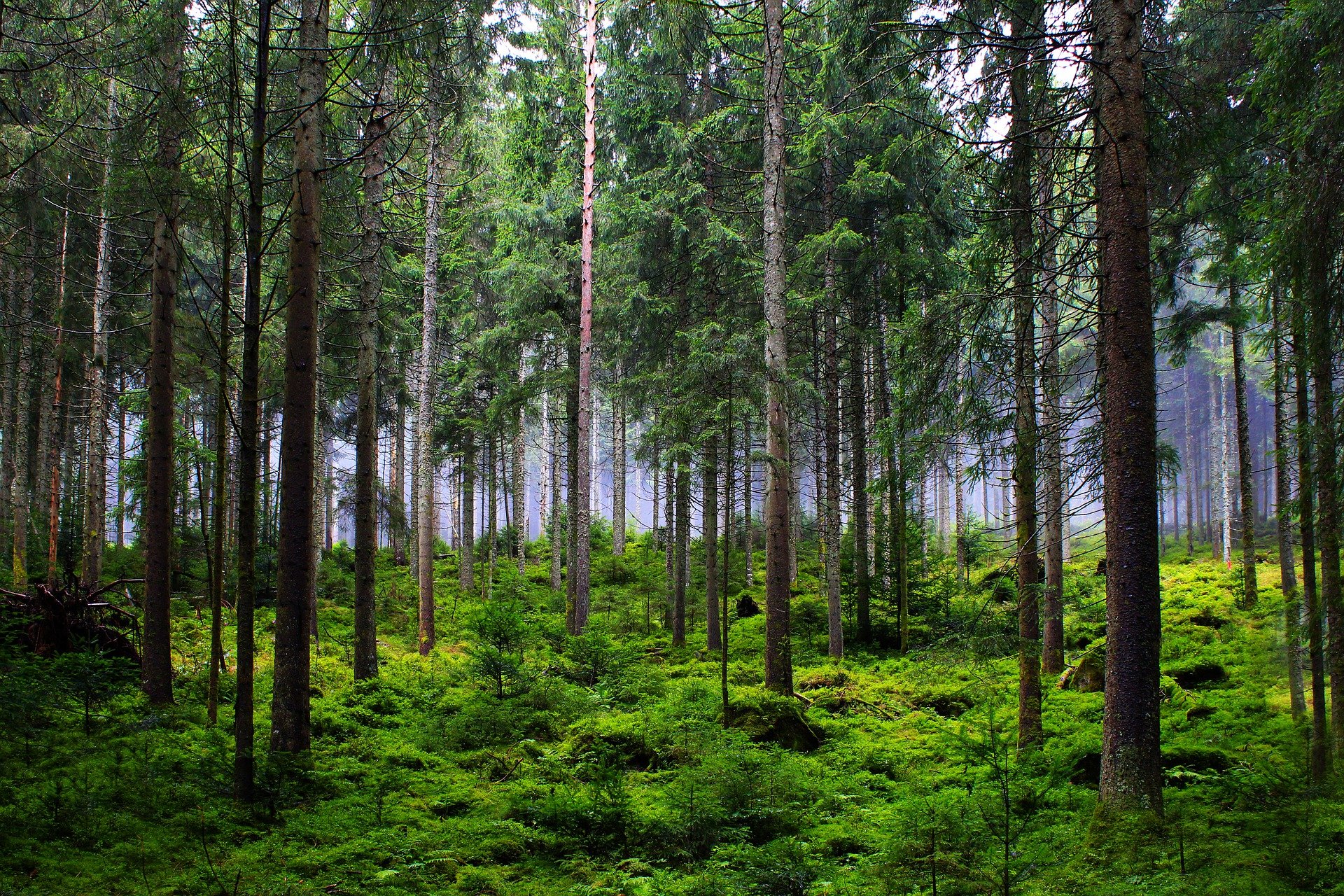
As the Norwegian government is moving forward with the opening of Arctic waters to deep sea mining exploration, Greenpeace Nordic and Greenpeace Germany set sail with a group of scientists and campaigners heading to the mining area in the Norwegian Sea. Their aim is to learn more about the whale and dolphin species in the area that could be impacted by this destructive industry.
Arctic waters are one of the most fragile ecosystems in the world, rapidly undergoing environmental change due to pollution-fuelled climate damage. The Arctic mining area is punctuated by underwater mountains and deep sea ridges, offering rich habitat for foraging and migrating whales, among many other species. Over the coming weeks, scientists onboard the Greenpeace ship Witness will conduct a visual-acoustic survey for cetaceans living in the area, including for some species that are globally threatened.
“Whales and dolphins live and feed in the same deep sea area that the Norwegian government is opening for mining, and are highly sensitive to industrial activities and noise pollution. We are interested in which species are present in the region and also in their behaviour. We hope our scientific data will complement other research ongoing in the area,” said Dr Kirsten Young, science lead from Greenpeace Research Laboratories at the University of Exeter, onboard the SY Witness.
More:
- IBERIAN LYNX REBOUNDING THANKS TO CONSERVATION ACTION
- CLIMATE CHANGE REDUCE THE NUMBERS OF MIGRATING BIRDS
- THE WORLD’S CORALS ARE BLEACHING – HERE’S WHY
Whales and dolphins are known to use seamounts as feeding and breeding areas or even as navigational help during their migrations.
The Norwegian mining companies plan to cut the mineral-rich crust that has been shaped for millions of years, directly from the seamounts, risking centuries-old ecosystems that inhabit these underwater mountains. They are also exploring to mine hydrothermal vents, hot springs produced by volcanic activity beneath the seabed, where some scientists believe that life on earth emerged. Mining these structures would remove a key habitat in the deep sea and has the potential to do irreparable harm to the deep sea ecosystem.
The Norwegian plan to mine the seabed has already met huge criticism from the international community. More than 800 ocean scientists from across the world have already called for a pause on deep sea mining.
“For the first time in history, destructive mining companies are planning to mine the Arctic seabed. The Norwegian government is ignoring warnings from hundreds of concerned scientists, and is gambling with fragile ecosystems and future generations’ livelihoods. With this move Norway has lost all international credibility as a responsible ocean nation,” said Haldis Tjeldflaat Helle, political campaigner from Greenpeace Nordic onboard the SY Witness.
Until very recently, deep sea mining companies have justified their existence on the greenwash argument that deep sea mining is a necessary evil for the energy transition. However, growing concerns over environmental damage from deep sea mining, combined with recognition of the huge data gaps and questions as to whether such mining could ever be justifiable in terms of mineral demand, have contributed to the number of governments rejecting deep sea mining more than doubling in the past year.

The case for other types of deep sea mining, targeting metal-rich nodules on the deepest ocean plains, has been shaken further this week by the publication of a scientific study that reveals that polymetallic nodules in the Clarion-Clipperton Zone – the biggest area targeted for deep sea mining located in the Pacific Ocean – may be playing a key role producing oxygen in the deep sea without photosynthesis. This ground-breaking study has prompted even more concerns about the impact of this activity and calls for further investigation into this ‘dark oxygen’ phenomenon.
“It’s simple, the more we know about deep sea mining, the harder it is to justify it,” said Franziska Saalmann, marine biologist and oceans campaigner onboard for Greenpeace Germany.
The days before departure activists from Greenpeace Germany did a projection with the message for Norway to “Stop Deep Sea Mining” on a huge cliff in the Lysefjord near the iconic Norwegian landmark Pulpit Rock (Preikestolen).
The Greenpeace expedition will cover the mining area from Jan Mayen Island in the south, through international waters all the way up to Svalbard where they will arrive in mid August after almost 20 days at sea.
Source: Greenpeace

